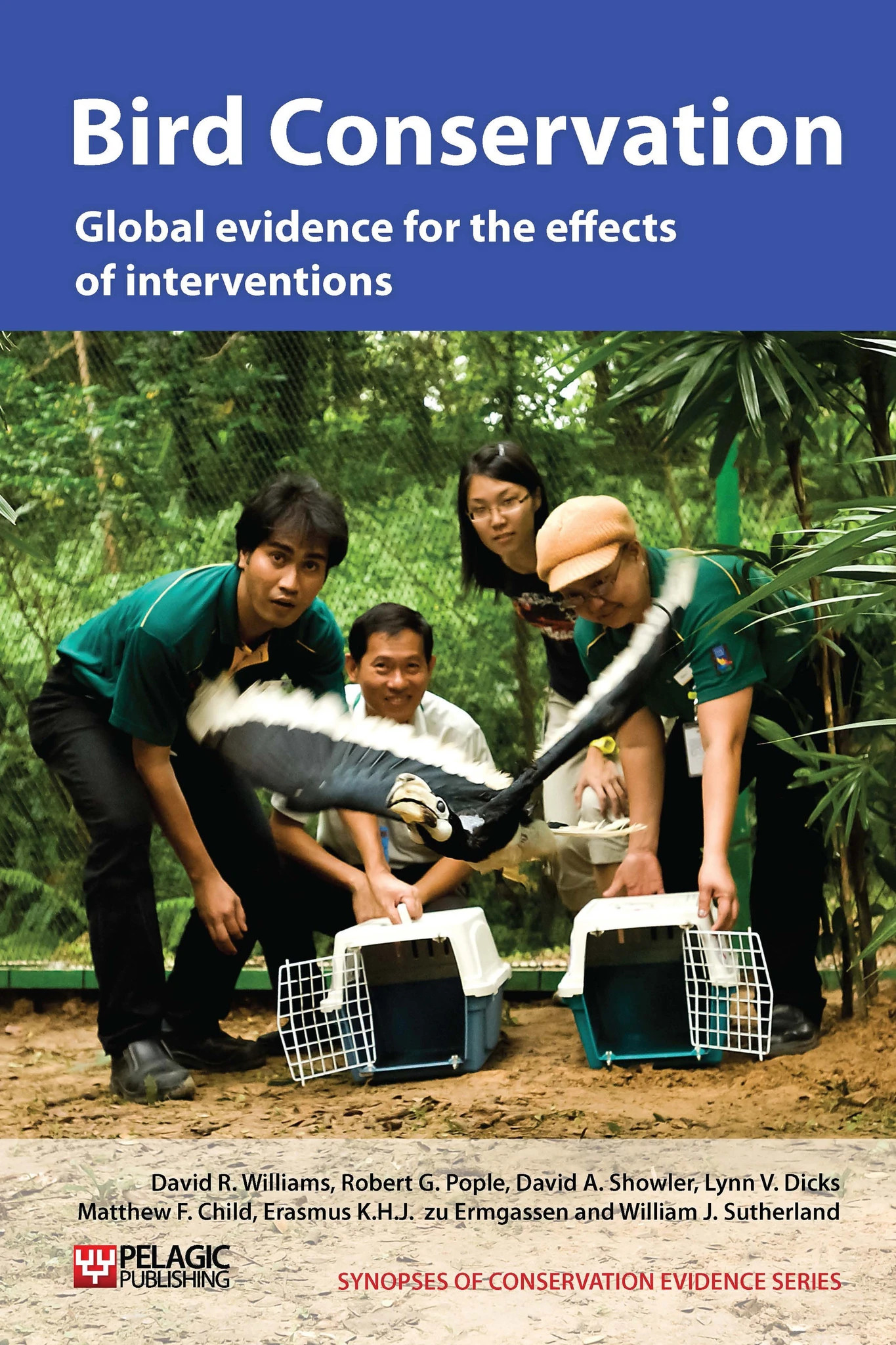Use captive breeding to increase or maintain populations of bustards
-
Overall effectiveness category Unknown effectiveness (limited evidence)
-
Number of studies: 4
View assessment score
Hide assessment score
How is the evidence assessed?
-
Effectiveness
41% -
Certainty
16% -
Harms
5%
Study locations
Supporting evidence from individual studies
A review of a houbara bustard, Chlamydotis undulata macqueenii, captive breeding programme in Saudi Arabia, starting in 1986 (Seddon et al. 1995) found that the captive population first bred in 1989, producing 17 chicks. In 1992, 138 chicks hatched, establishing a self-sustaining captive population. In 1993, 285 chicks hatched from 75 females. However, 18% of females never became accustomed to captivity and did not lay eggs. The captive population began as 103 chicks from Pakistan and 129 from the African subspecies C. u. undulata, all collected between 1986 and 1988. This study is also discussed in ‘Release captive-bred individuals’, ‘Use artificial insemination in captive breeding’ and ‘Artificially incubate and hand-rear birds in captivity’.
Study and other actions testedA review (Jamie et al. 1996) of the same project as in Seddon et al. 1995 found that captive houbara bustards, Chlamydotis undulata macqueenii, first reproduced at an earlier age than wild birds, with 2% of females laying at one year old; 23% at two years; 62% at three years and 82% (i.e. all birds that became accustomed to captivity and so would be expected to lay) at four years old. This study is also discussed in ‘Use artificial insemination in captive breeding’, ‘Release captive-bred individuals’, ‘Release birds in ‘coveys’, ‘Use holding pens at site of release’ and ‘Use holding pens at site of release and clip birds’ wings’.
Study and other actions testedAnother review (van Heezik & Ostrowski 2001) of the same project found that, between 1992 and 1999, 46% of 2,917 captive-laid eggs successfully hatched. Survival of 1,135 hatchlings to six months old was 75%, to three years, 69% and to ten years, 43%. Hatching failures were mainly caused by infertility and death during incubation, whilst mortality was caused mainly by trauma and disease. This study also describes the impact of artificial insemination and incubation, discussed in ‘Artificially incubate and hand-rear birds in captivity’.
Study and other actions testedA review (van Heezik et al. 2002) of the same project found that the number of eggs laid by females ranged from approximately two (for five-year-old first-time breeders) to 8.5 (for four-year-old females that had bred before). The number of eggs laid increased with breeding experience and, although no comparisons were made to productivity in wild bustards in this study, other studies suggest that wild females normally lay between one and four eggs.
Study and other actions tested
Where has this evidence come from?
List of journals searched by synopsis
All the journals searched for all synopses
This Action forms part of the Action Synopsis:
Bird Conservation
Bird Conservation - Published 2013
Bird Synopsis





)_2023.JPG)














